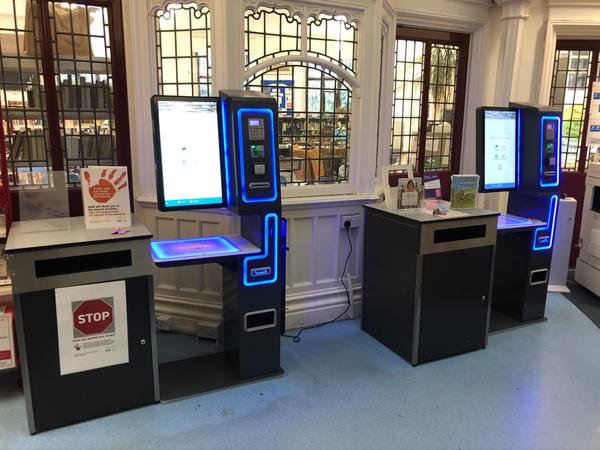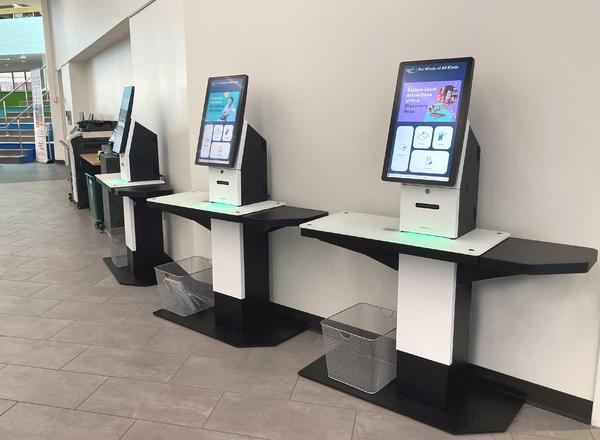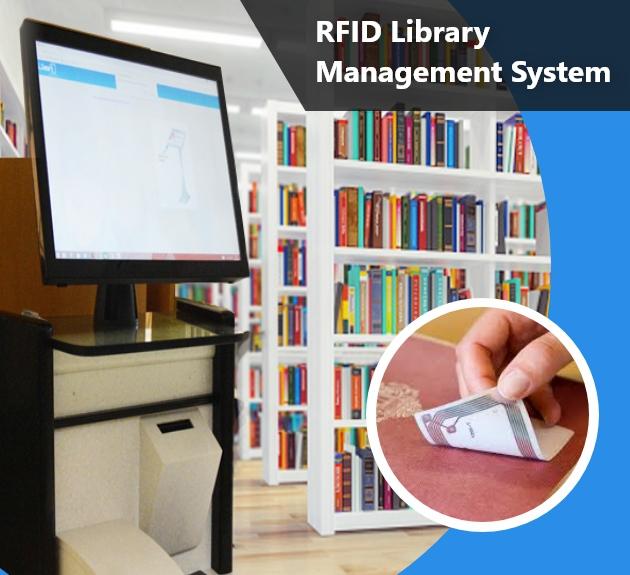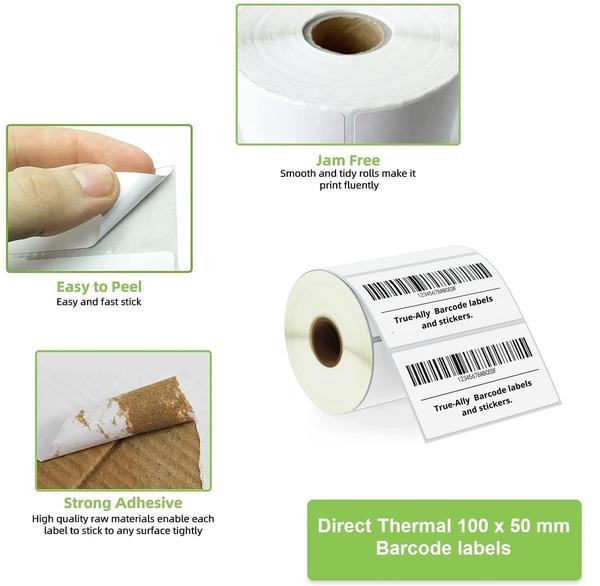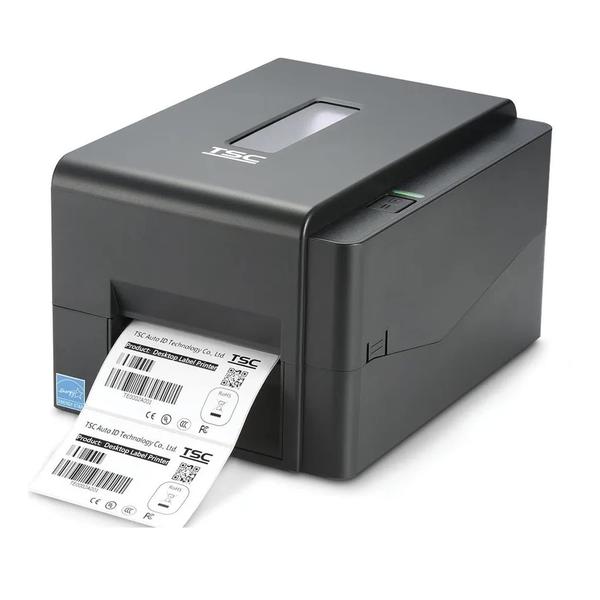RFID-based stock-taking is a modern, efficient method used by libraries to perform rapid and accurate inventory checks of books and other materials. Using a handheld or fixed RFID reader, staff can scan multiple books simultaneously without needing direct line-of-sight or manual barcode scanning. Each book is embedded with an RFID tag containing a unique identifier. The RFID reader communicates with these tags via radio waves, allowing for bulk scanning, real-time inventory updates, and quick identification of misplaced or missing items. Key Features: Fast scanning: Read hundreds of books per minute Non-contact operation: No need to open books or scan barcodes High accuracy: Instantly detects missing, extra, or misplaced items Mobile or fixed readers: Suitable for shelf-to-shelf audits or automated inventory systems Data integration: Syncs with library management systems (LMS/ILS)
Send Message
